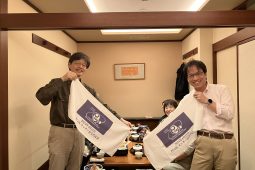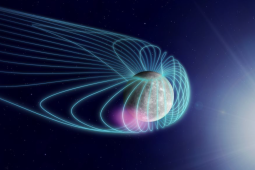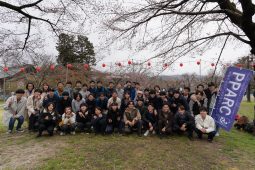PPARCセミナー(2023/11/10)

PPARCセミナー(2023/11/10)
(1)
[Name]
Ryota Kinoshita
[Title]
近赤外分光撮像装置ESPRIT及び中間赤外観測装置MIMIZUKUの開発と試験の現状報告
[Abstract]
東北大学が開発中の近赤外分光撮像装置ESPRITはエシェル分光による高波長分解能を特徴としており、木星H3+オーロラの発光強度及びH3+イオン風の風速の導出を目標としている。現在、筐体の真空冷却試験と各機構系の組み立ては完了しており、今回私は筐体内に機構系を組み込んだ状態での動作試験を行い正常に駆動することを確認した。特にエシェルグレーティングの角度を調整するピコモーターは、その安定性と角度再現性が波長分解能に直結するため高い精度が求められるが、実験の結果それぞれについて要求を満たすことを確認した。
また、MIMIZUKUについてはこれまでの試験機とは異なり、実際に観測に使う金コートミラーを施したチョッパーをMIMIZUKUに搭載し、真空冷却試験を行った。結果として二軸駆動するチョッパーのそれぞれについて、振幅・周波数・静定時間・安定性のすべての要求を満たすことを確認した。
セミナーではそれぞれの実験結果について詳述する。
(2)
[Name]
Yasumasa Kasaba
[Title]
Plasma Waves around Mercury during the Flybys: Observation by PWI aboard BepiColombo Mio spacecraft
[Abstract]
The Plasma Wave Investigation (PWI) aboard the Mio spacecraft of BepiColombo, ESA-JAXA joint mission to Mercury was launched in 2018. The PWI will deploy all sensors after the orbit insertion at the end of 2025.
During the cruising phase from its launch in 2018, unfortunately, long wire antennas (15-m x 4) for electric fields and the solid boom (4.5-m) for magnetic fields are not yet deployed. Although we are in this restricted condition, in the 1st and 2nd flybys, we saw two signatures related to the structure and wave-particle interaction. The former one is the electric turbulences in several 10s kHz, which can be interrupted as the first measurement of cold electron density in and around the magnetosphere of Mercury. The latter is the magnetic turbulences in several kHz in the dawn side magnetosphere after the closest approach, which can be interrupted as the first whistler-wave detection.
A short introduction of the 3rd flyby in last June will also be shown. Those results promise us the bright success of the PWI on the Hermean orbit in 2026-2027.





